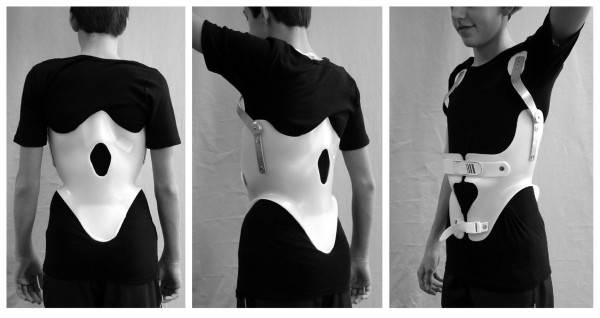Because the National Scoliosis Foundation receives constant inquiries from individuals asking whether pain is a symptom of idiopathic scoliosis, we interviewed Dr. Robert Winter, internationally know for work in surgical and non-surgical treatment of spine deformity. Dr. Winter is the author of numerous textbooks, papers, and chapters of surgical textbooks. He is a frequent speaker at national and international orthopaedics conferences. He is also a founding member and past president of the Scoliosis Research Society, President of the Minnesota Spine Center, Chief of Spine Service at Gillette Children’s Hospital, and Clinical Professor of Orthopaedic Surgery at the University of Minnesota.










